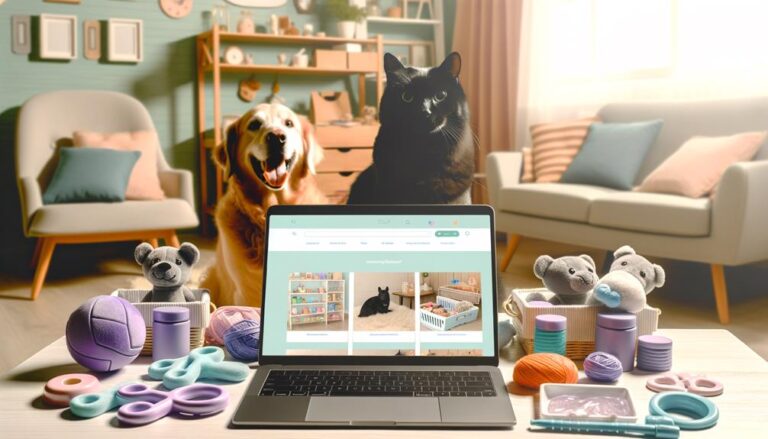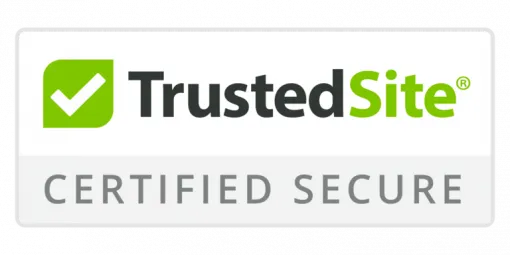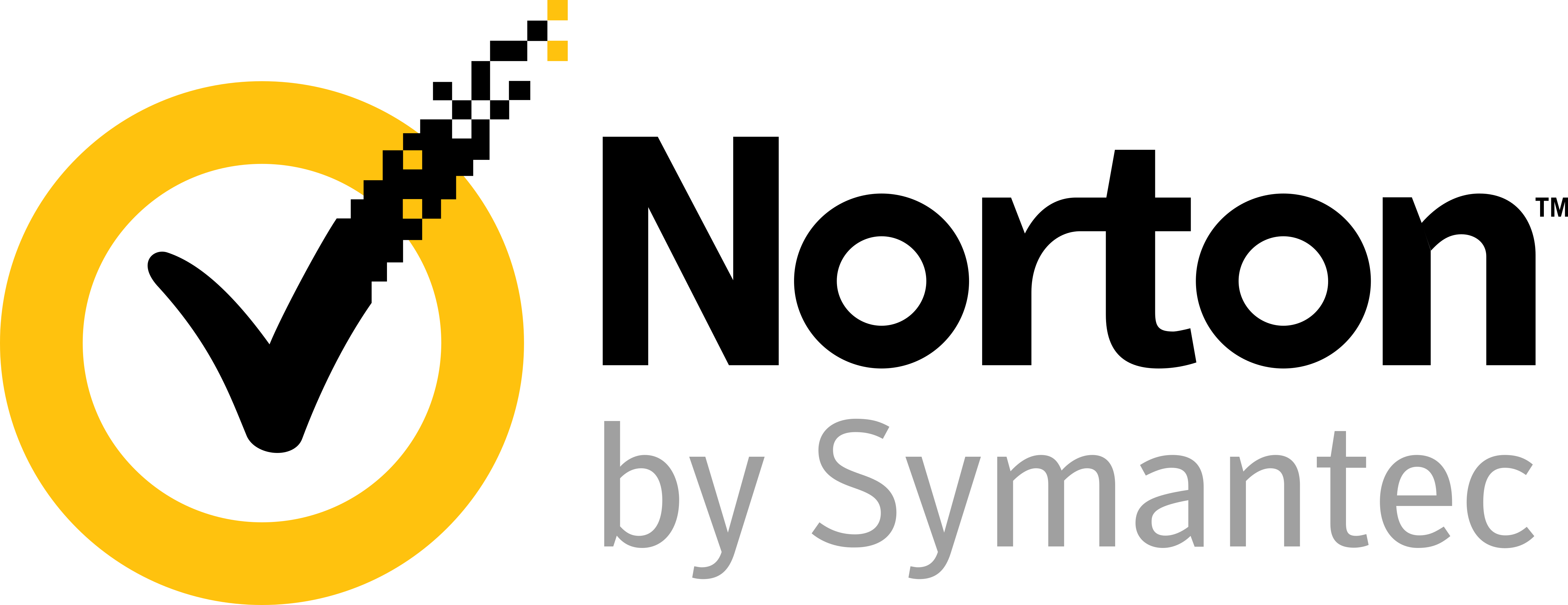Creating and Selling Courses on Web Development
Just as a master chef turns their signature recipe into a bestselling cookbook, you can transform your web development expertise into a profitable online course. With the online education market projected to reach $325 billion by 2025, there's a growing demand for skilled instructors like you. By sharing your knowledge, you can not only monetize your expertise but also help others break into the industry. Here's a step-by-step guide to help you turn your passion into a side hustle.
- Identify Your Target Audience:
- Who Are They? Determine who would benefit the most from your course. Are they beginners, intermediate developers, or professionals looking to specialize?
- What Are Their Needs? Understand their challenges and what they hope to achieve by taking your course.
- Define Your Course Topic:
- Choose a Niche: Focus on a specific area of web development that you excel in and that has demand. This could be front-end development, back-end programming, or a particular technology like React or Node.js.
- Solve a Problem: Ensure your course addresses a particular problem or skill gap that your target audience faces.
- Plan Your Course Content:
- Outline the Curriculum: Break down your topic into modules and lessons. Make sure each section builds on the previous one.
- Create Engaging Content: Use a mix of video tutorials, written materials, quizzes, and projects to keep learners engaged.
- Choose a Platform:
- Online Course Marketplaces: Platforms like Udemy, Coursera, or Skillshare can help you reach a broad audience.
- Self-Hosted Solutions: If you prefer more control, consider using platforms like Teachable or Thinkific to host your course on your own website.
- Produce High-Quality Material:
- Invest in Good Equipment: Quality audio and video are crucial. Consider investing in a good microphone and camera.
- Edit Your Content: Use video editing software to polish your tutorials and make them as professional as possible.
- Market Your Course:
- Leverage Social Media: Promote your course on platforms like LinkedIn, Twitter, and Facebook. Share valuable content to attract your audience.
- Build an Email List: Collect emails from your followers and send them regular updates and exclusive offers.
- Collaborate with Influencers: Partner with other influencers in the web development community to reach a wider audience.
- Engage with Your Students:
- Provide Support: Be available to answer questions and provide feedback to help your students succeed.
- Gather Feedback: Use student feedback to improve your course and make necessary updates.
By following these steps, you can effectively create and sell web development courses as a side hustle. Not only will you generate additional income, but you'll also contribute to the growing community of web developers.
Identifying Your Target Audience
Before you start outlining your side hustle course content, you need to identify your target audience, which involves understanding who they are, what problems they're trying to solve, and what they're willing to pay to learn. This step is essential in creating a successful side hustle course.
You'll want to start by defining personas – semi-fictional representations of your ideal students. What're their pain points? What're their goals? What motivates them to learn?
Understanding the needs of your target audience will help you tailor your course content to their specific requirements. Are they beginners looking for a thorough introduction to starting a side hustle, or are they experienced entrepreneurs seeking advanced strategies?
What specific areas of side hustles are they interested in? By understanding your audience's needs, you can create a course that addresses their problems and provides value to them.
This, in turn, will increase the chances of your course selling well and building a loyal following.
Choosing a Course Platform
Choosing a Course Platform for Your Side Hustle
As you prepare to launch your web development course as a side hustle, selecting the right platform is crucial to your success.
Evaluate popular options like Udemy, Teachable, and Skillshare, each offering unique strengths and weaknesses.
Popular Course Platform Options
When considering a side hustle in creating and selling online courses on web development, selecting a reliable course platform is crucial to meeting your needs and reaching your target audience. While Udemy is a popular choice, exploring alternatives like Teachable, Thinkific, and Kajabi can offer unique benefits that align with your goals and preferences.
For instance, Teachable allows you to create a branded website and offers flexible payment plans, making it easier to manage your side hustle. Thinkific provides advanced analytics and course completion certificates, which can help you track your progress and enhance your credibility. Kajabi, being an all-in-one platform, enables you to seamlessly create, market, and sell your courses, saving you time and effort.
When evaluating these platforms, consider factors such as ease of use, scalability, and customer support. Additionally, think about the types of courses you plan to create and the audience you're targeting.
Platform Fees and Commissions
Beyond creating and selling your web development courses as a side hustle, understanding the fees and commissions associated with each platform is crucial to maximizing your earnings and maintaining profitability.
When you choose a course platform, you're not just selecting a host for your content; you're also agreeing to their fee structure. Each platform has its own unique set of transaction costs and revenue-sharing models that can greatly impact your bottom line.
You'll need to take into account the commission rates, payment processing fees, and any other charges that might eat into your side hustle profits. For instance, some platforms take a 50% cut of every sale, while others might charge a flat fee per transaction.
You'll want to calculate these costs and factor them into your pricing strategy to guarantee you're earning what you need to sustain and grow your side hustle. By understanding these fees upfront, you can make informed decisions and avoid any surprises down the line.
Integration and Accessibility Features
You'll want to evaluate a side hustle platform's integration and accessibility features carefully, as they can greatly impact your clients' experience and your own workflow efficiency.
When choosing a platform, consider how seamlessly it integrates with other tools and services you use. For instance, can you easily connect your email marketing software or payment gateways? A smooth integration will save you time and reduce headaches in the long run.
Also, think about the user experience and accessibility features that are essential for your clients. Can they easily access your services or products on various devices, including smartphones and tablets? Are there features such as closed captions, keyboard navigation, and screen reader support for clients with disabilities?
You'll also want to check if the platform allows you to collect user feedback, which is invaluable for improving your offerings and delivery.
Planning Your Course Content
Crafting a clear and thorough outline is the essential first step in planning your side hustle content, as it enables you to organize your ideas, identify key goals, and create a logical structure for your audience to follow.
As you develop your outline, start by defining your side hustle objectives – what do you want to achieve with your venture? These objectives will serve as the foundation for your content and help guide the development of your strategies.
Next, consider the outcomes you want your audience to experience. What specific value or knowledge do you want to provide? By clearly defining these outcomes, you can create focused and effective content that supports your side hustle's growth.
Creating Engaging Course Materials
Your materials are a crucial element of your web development side hustle, as they'll be the tangible representation of your expertise and the primary way your clients or students will engage with your content. To create engaging materials, you'll want to incorporate a mix of interactive elements and multimedia resources.
| Material Type | Description | Example |
|---|---|---|
| Text-based resources | Written guides, tutorials, and explanations | Step-by-step instructions for building a website for a small business |
| Visual aids | Images, diagrams, and infographics | A screenshot of a web development tool with annotated explanations tailored to client needs |
| Interactive elements | Quizzes, exercises, and coding challenges | A coding challenge where clients build a simple web app for their side project |
| Multimedia resources | Videos, audio recordings, and podcasts | A video tutorial on responsive web design for freelancers |
Marketing Your Online Course
Effective marketing is essential to getting your online course in front of potential clients and setting your web development side hustle up for success. You've put in the effort to create engaging course materials, and now it's time to showcase them to the world.
Leverage social media platforms to reach a wider audience. Create a business page on Facebook, Twitter, or LinkedIn, and share snippets of your course content, behind-the-scenes insights, and success stories related to your side hustle.
Don't underestimate the power of email marketing, either. Build an email list of potential clients and send them regular newsletters with updates on your course, tips on web development, and exclusive promotions. This will help you build trust and establish yourself as an expert in the field.
Consider running social media ads or collaborating with influencers in the web development niche to further expand your reach.
Pricing and Selling Strategies
As you prepare to launch your online course as a side hustle, determining the ideal price point and sales strategy is vital for converting interested leads into paying clients.
You'll want to conduct a competitive analysis to understand what similar courses in the side hustle niche are charging and how your course compares regarding value and uniqueness. Reflect on your target audience's willingness to pay and their value perception of your course. Are you offering exclusive content, personalized support, or unique resources that justify a premium price?
When setting your price, you'll also want to take into account the pricing psychology and how it impacts your sales strategy. Will you offer discounts for early bird registrations, bundle deals, or subscription-based models? Perhaps you'll create a tiered pricing structure to cater to different levels of interest and commitment.
Whatever your pricing strategy, it's imperative to clearly communicate the value proposition and benefits of your course to potential buyers. By doing so, you'll create a compelling offer that resonates with your target audience and converts them into paying clients, making your side hustle a profitable venture.
Delivering and Updating Courses
Now that you've created and priced your web development course as a side hustle, it's time to think about how you'll deliver it to your students.
You'll need to decide on a course delivery method that works for both your busy schedule and your students' needs, whether that's through pre-recorded video lessons, interactive coding exercises, or live sessions.
As you start selling your course, you'll also want to plan for regular updates to keep your content fresh and relevant. This means setting a course maintenance schedule that balances the creation of new content with the upkeep of existing material, all while managing your primary commitments.
Course Delivery Methods
When selling online courses on web development as a side hustle, you have several course delivery methods at your disposal, each with its own strengths and weaknesses that can greatly impact how your students engage with and absorb the material. Two primary methods are synchronous learning and asynchronous learning. Synchronous learning involves live sessions where you interact with students in real-time, while asynchronous learning allows students to access pre-recorded material at their own pace.
Here's a summary of the pros and cons of each method:
| Method | Pros and Cons |
|---|---|
| Synchronous Learning | Pros: Encourages student engagement, allows for Q&A <br> Cons: Limited flexibility, may require additional equipment |
| Asynchronous Learning | Pros: Flexible, accessible, scalable <br> Cons: May lack personal interaction, requires self-motivation |
| Live Webinars | Pros: Engaging, interactive, can be recorded <br> Cons: Limited accessibility, technical issues may arise |
| Pre-Recorded Videos | Pros: Accessible, scalable, cost-effective <br> Cons: May lack personal touch, requires updates |
| Hybrid Approach | Pros: Combines benefits of synchronous and asynchronous learning <br> Cons: May be resource-intensive, requires planning |
Choose the method that best fits your teaching style and students' needs. Experiment with different approaches to find the ideal balance for your web development course side hustle.
Updating Course Content
Keeping your web development side hustle's course content fresh and relevant is essential to attracting new students and retaining existing ones, as it reflects your expertise and adaptability in a rapidly evolving field. You need to guarantee that your course content stays up-to-date with the latest industry trends, technologies, and best practices.
But how do you achieve this? Here are three ways to maintain content relevance:
- Analyze user feedback: Collect feedback from your students through surveys, email, or discussion forums. Use this feedback to identify areas where your course content needs improvement or updating.
- Stay current with industry trends: Attend web development conferences, follow industry leaders on social media, and read relevant blogs to stay informed about the latest developments in the field.
- Revise and update regularly: Regularly review and update your course content to reflect changes in the industry and user feedback. This will ensure that your side hustle remains competitive and continues to provide value to your audience.
Course Maintenance Schedule
Ensuring that your side hustle's course content remains fresh and relevant requires establishing a regular maintenance schedule. This balance between content updates and delivering high-quality courses to your students is crucial. Setting aside time each week or month to review student feedback, update course materials, and engage with your students will help you stay organized and guarantee that your courses continue to meet the evolving needs of your audience.
Regular course maintenance is essential for student engagement and satisfaction. By incorporating student feedback into your updates, you'll demonstrate that you value their input and care about their learning experience. This, in turn, will boost student engagement and motivation.
Additionally, a well-maintained course will attract more students, leading to positive word-of-mouth marketing. Prioritizing course maintenance will enable you to deliver high-quality courses that meet your students' needs and help you achieve your side hustle goals.
Staying on top of course maintenance will help you create a loyal student base and build a successful online course business as part of your side hustle.
Conclusion
You've now got the inside scoop on creating and selling web development courses as a side hustle.
As you start building your online empire, remember that success hinges on ongoing effort and improvement.
Will you be able to adapt quickly enough to the ever-changing web development landscape?
Stay ahead of the curve by continuously updating your content and engaging with your students, and you'll soon be reaping the rewards of a thriving side hustle in no time.

















































0
View comments